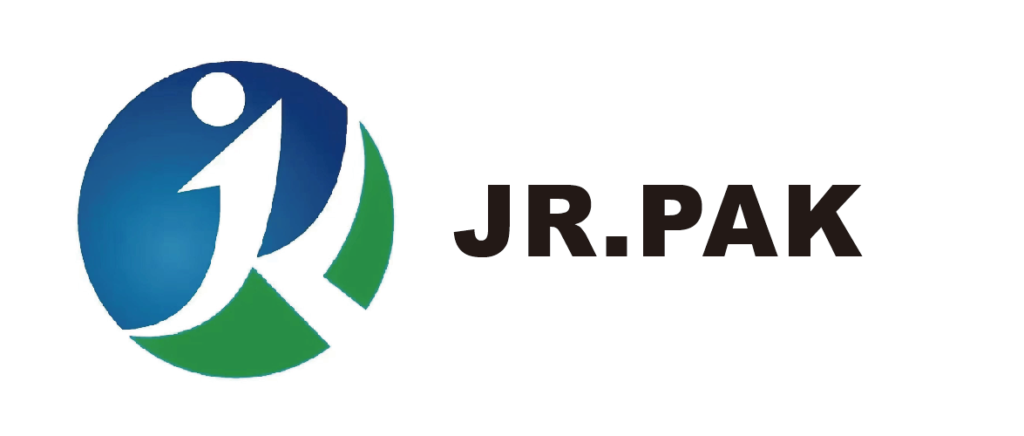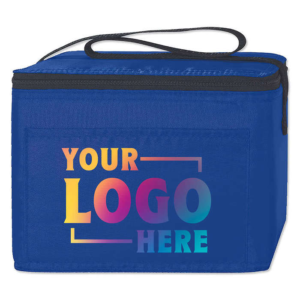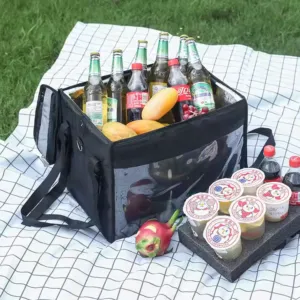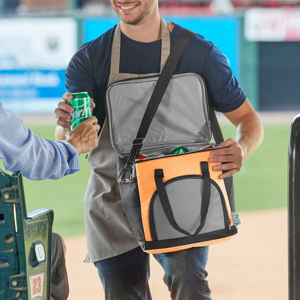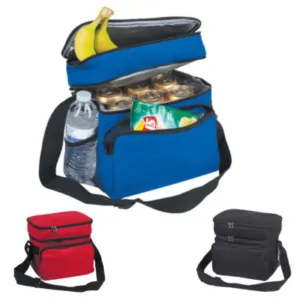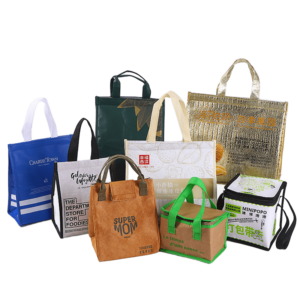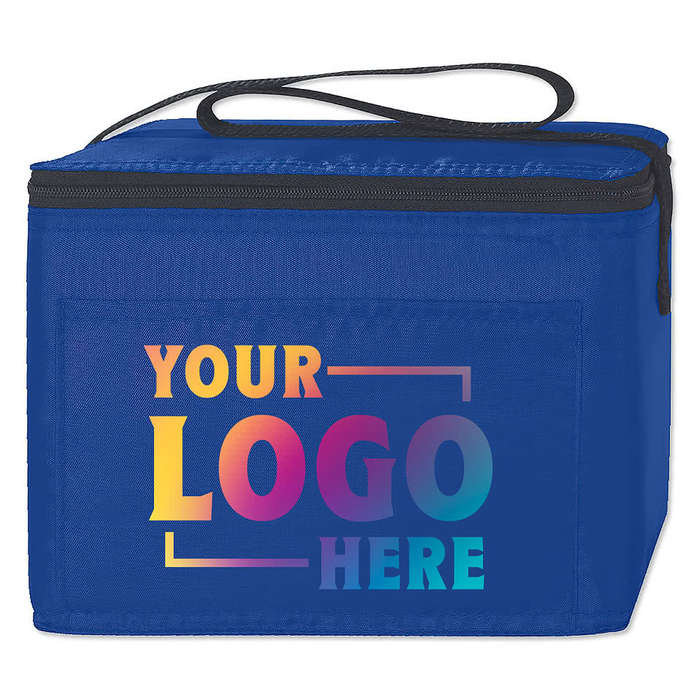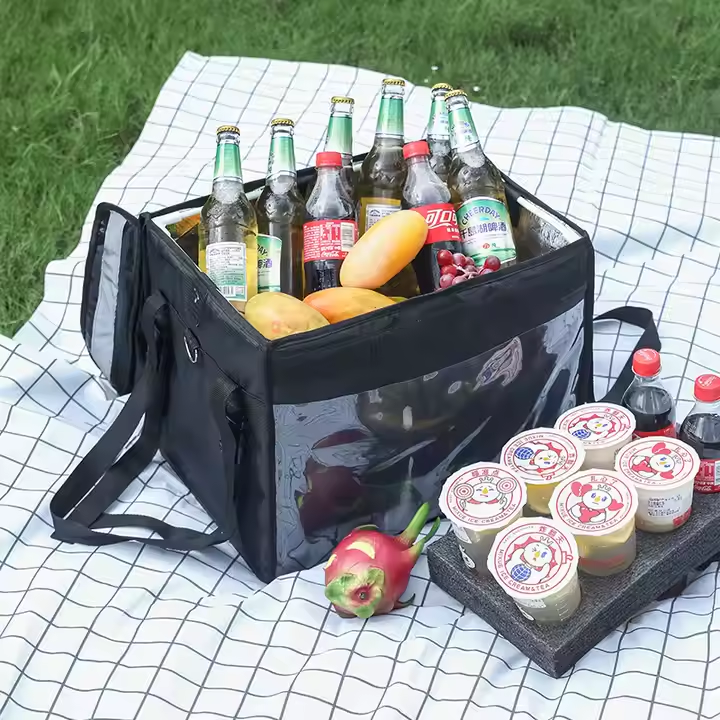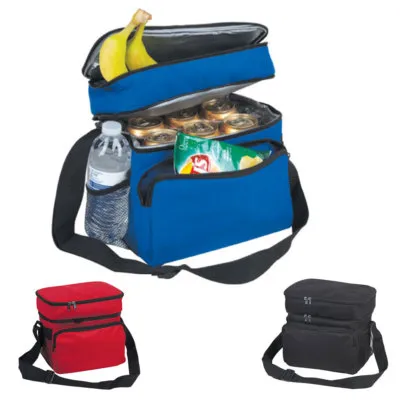
Canvas printing can go wrong quickly—colors fade, images crack. You want bold, lasting results. Let’s figure out which method gets it right.
Canvas bags can be printed using various methods like screen printing, DTF1, sublimation2, and inkjet transfer, depending on the fabric type and image quality required.
Choosing the wrong method wastes time and money. Here’s how to get it right for your next canvas bag order.
What is the best format for printing on canvas?
Canvas is sturdy but not forgiving. Some file formats look sharp on-screen but print poorly. That causes blurry logos and unhappy customers.
Use vector-based formats3 like AI, EPS, or high-resolution PNGs for the best canvas bag print results.
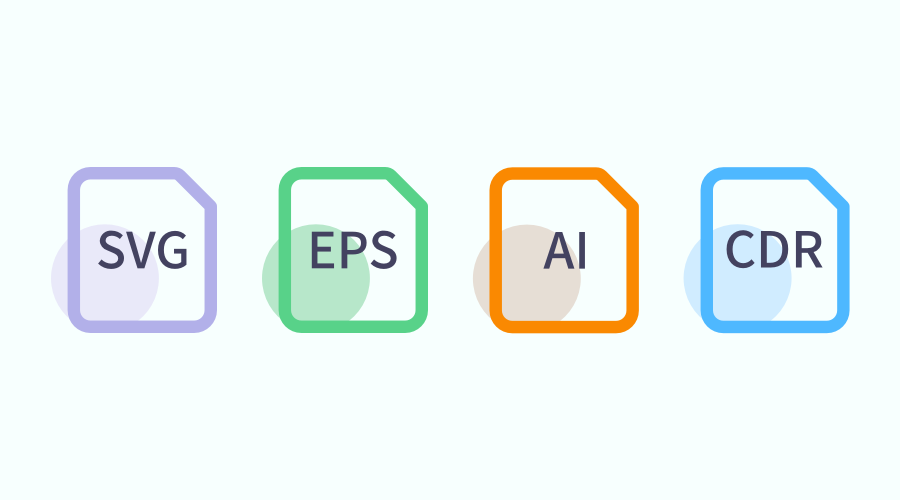
Why vector matters for printing
When I first sent a logo file for printing on 500 canvas bags, I used a JPEG. The edges were jagged, and the colors weren’t accurate. My supplier told me the file resolution wasn’t enough. That’s when I learned about vector files.
Best File Formats for Canvas Bag Printing
| Format | Scalable | Transparent Background | Ideal Use |
|---|---|---|---|
| AI | Yes | Yes | Best for logos and designs |
| EPS | Yes | Yes | Used by most print shops |
| PNG | No | Yes | Simple artwork |
| JPEG | No | No | Not ideal, low quality |
Always confirm file specs with your supplier. This avoids misprints and delays.
Can you do DTF on canvas bags?
You might’ve heard DTF (Direct-To-Film) printing works on many surfaces. But does it hold up on rugged canvas?
Yes, DTF works on canvas bags when applied with the right pressure, temperature, and pre-treatment.
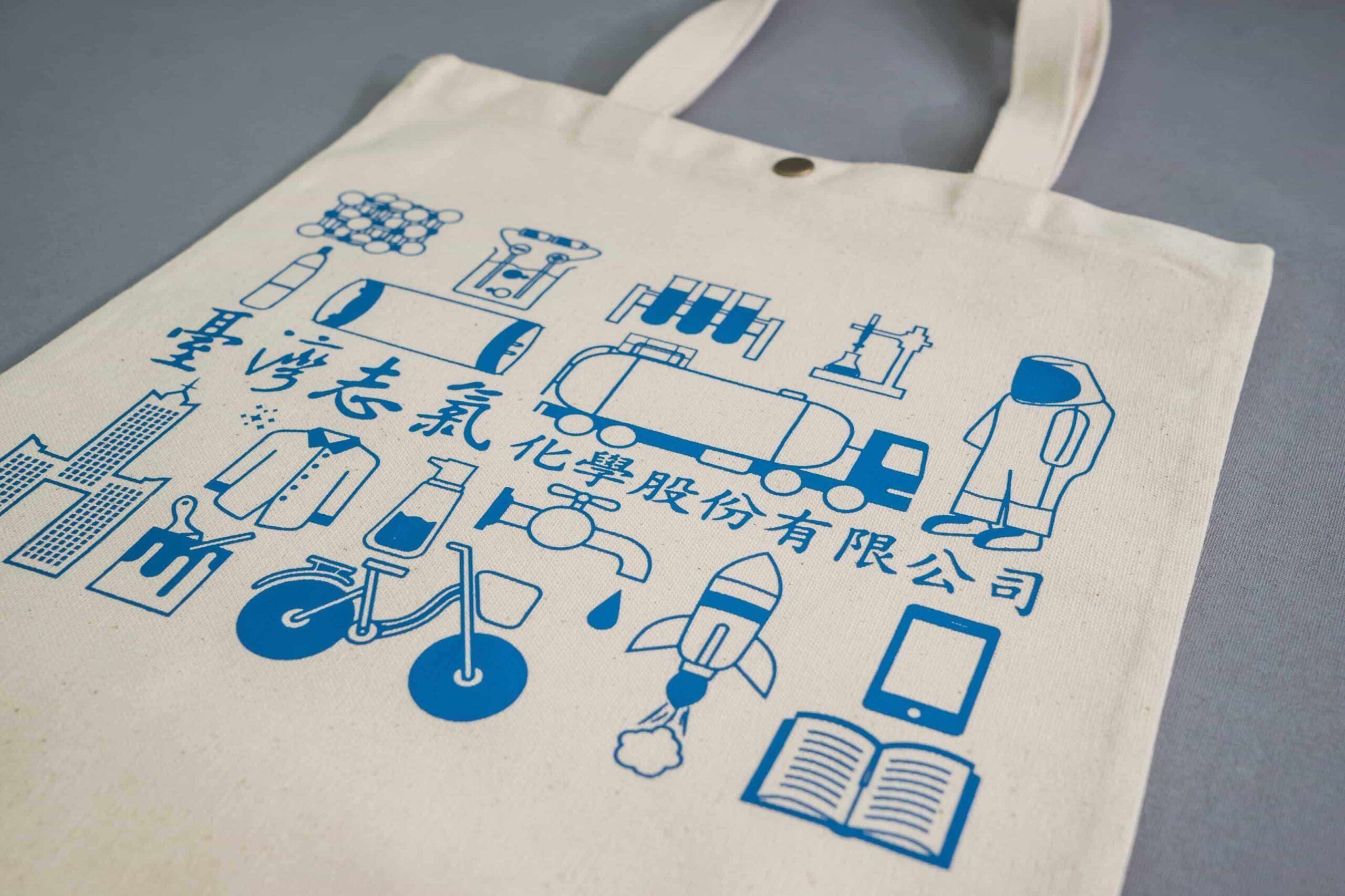
Making DTF work for canvas
I tested DTF on several canvas samples. It stuck well on smooth finishes but peeled off on rough textures. I had to adjust the heat press temperature and pressure to get consistent results.
Key Conditions for DTF on Canvas
| Condition | Recommended Setting |
|---|---|
| Heat Press Temp | 150–160°C (300–320°F) |
| Pressure | Medium to High |
| Time | 10–15 seconds |
| Fabric Pre-treatment | Optional but helpful |
For thick canvas bags, increase pressure. Test a sample before large runs. Not all DTF films behave the same.
Why is my DTF not sticking to canvas?
Your DTF looks perfect before pressing. But after heat application, it peels or cracks. That can frustrate any buyer.
DTF doesn’t stick to canvas when the surface isn’t pre-treated, or when pressure, heat, or curing is incorrect.
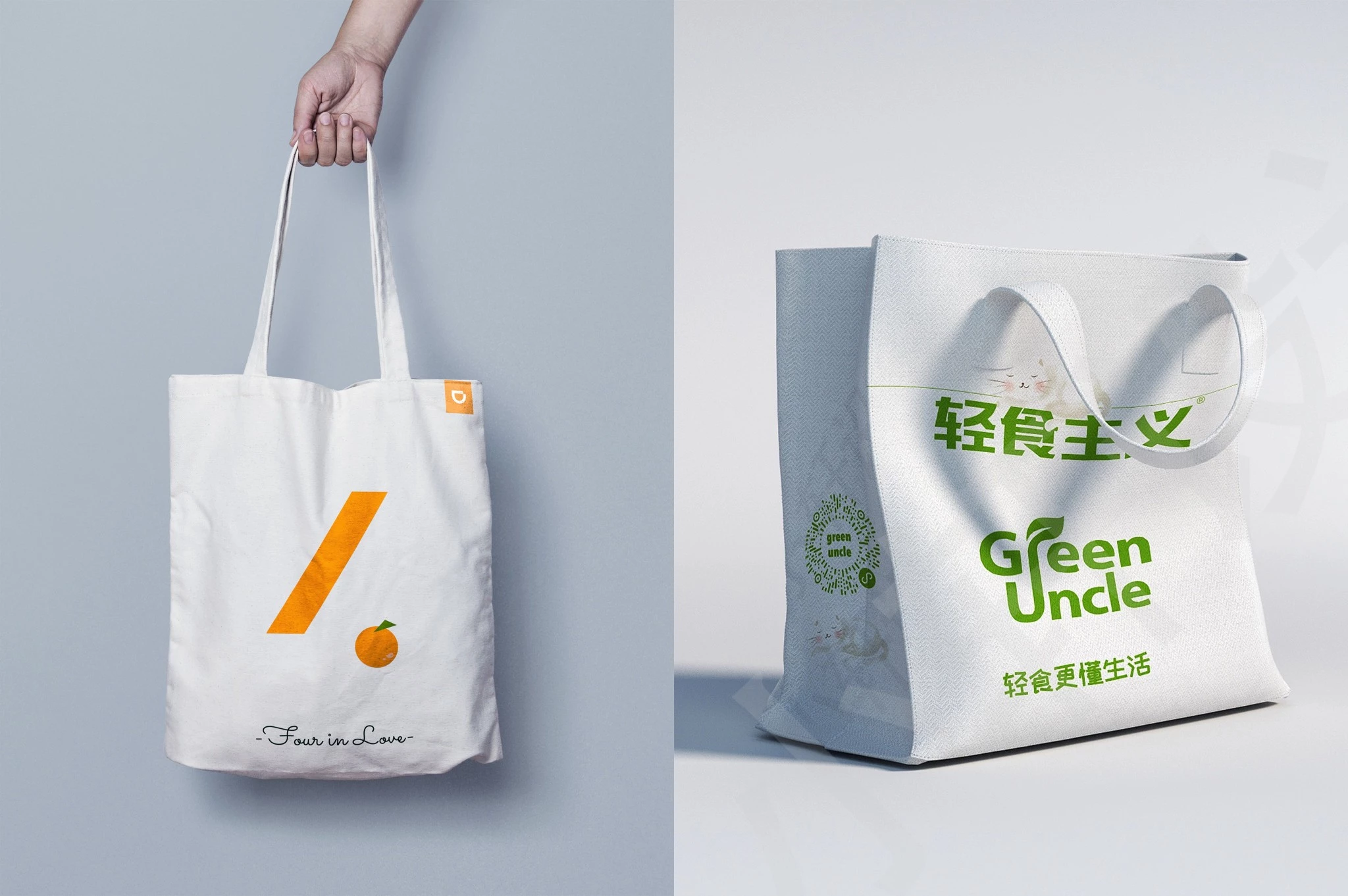
Troubleshooting DTF issues
Once, I pressed a batch of bags at low pressure. The film lifted immediately after cooling. I found the canvas had coating residue. After cleaning and increasing pressure, the results improved.
Common Reasons DTF Fails
| Problem | Likely Cause | Fix |
|---|---|---|
| Film Peels Off | Low pressure or wrong temp | Increase pressure and adjust temp |
| Cracks After Cooling | Poor adhesive cure | Extend heat press time |
| Partial Transfer | Uneven canvas surface | Use a pressing pillow or foam pad |
| Doesn’t Stick at All | Surface contamination | Clean fabric and test again |
A consistent workflow improves reliability.
Can you sublimate on canvas tote bags?
Sublimation prints vibrant colors. But it bonds with polyester. Canvas is mostly cotton. So is it still an option?
Yes, sublimation works on canvas tote bags only if they have a polyester coating or poly-blend surface.
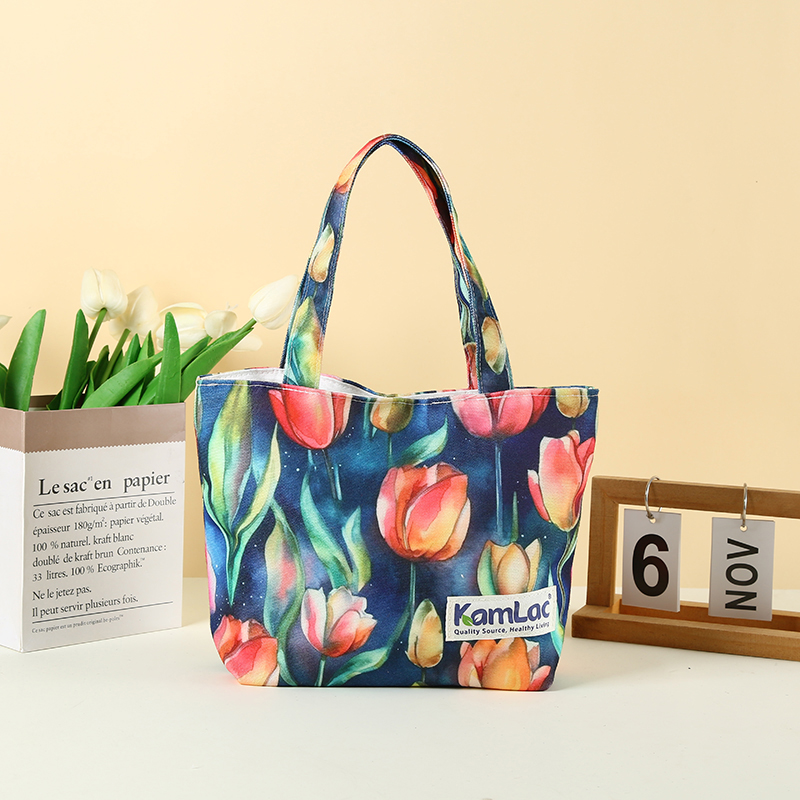
How to make sublimation work
I had a customer who insisted on sublimation for brand colors. The plain cotton canvas didn’t hold ink. But when we tried polyester-coated canvas, the colors popped and stayed.
Sublimation Suitability
| Fabric Type | Sublimation Compatibility | Result |
|---|---|---|
| 100% Cotton Canvas | No | Ink washes out |
| Poly-Coated Canvas | Yes | Vivid, lasting prints |
| Poly-Cotton Blends | Partial | Faded colors |
For best results, check the canvas composition before ordering.
How do I transfer an image to a canvas bag?
If you want to transfer a photo or design, you have more than one method. But only some give professional, durable results.
Images can be transferred to canvas bags using heat transfer vinyl (HTV), DTF, sublimation, or inkjet transfer paper.
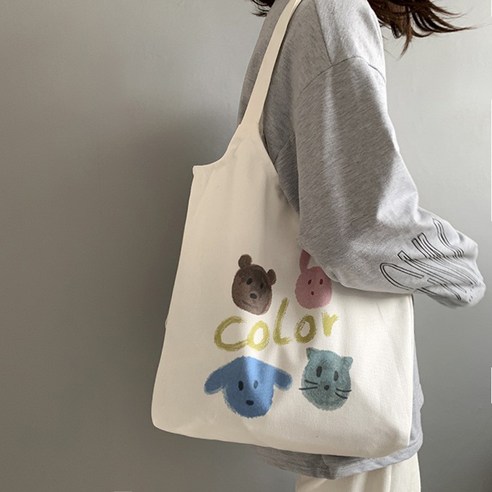
Choose your method wisely
At one trade show, I saw five vendors use different image transfer methods. Only two produced consistent results under bright lights and customer handling.
Comparison of Image Transfer Methods
| Method | Durability | Color Vibrancy | Requires Special Equipment |
|---|---|---|---|
| HTV | High | Moderate | Heat press |
| DTF | High | High | DTF printer, heat press |
| Sublimation | High | High | Sublimation printer |
| Inkjet Transfer | Low | Moderate | Household printer |
For resale or branding, go for DTF or HTV. Inkjet is better for personal use.
What can I use to print on canvas?
With so many methods available, the real question is: which tool fits your production scale and quality expectations?
You can print on canvas using screen printing, DTF, sublimation, HTV, or digital inkjet transfer depending on volume and quality needs.
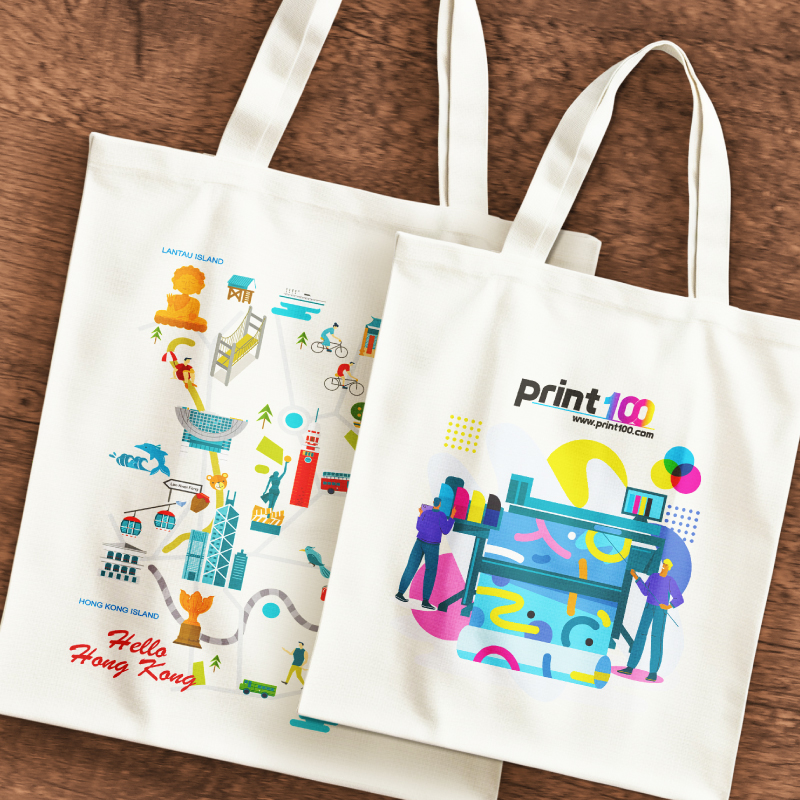
Match tools to the job
When I launched a short-run custom bag line, I started with HTV using my home press. As orders grew, I shifted to screen printing through my supplier.
Suitable Printing Methods by Use Case
| Use Case | Recommended Method |
|---|---|
| Bulk orders | Screen printing |
| Short-run customization | HTV or DTF |
| Photo-realistic designs | DTF or Sublimation |
| Budget-friendly gifting | Inkjet transfer |
The best tool balances cost, quality, and your workflow.
What is the best resolution to print on Canvas?
Blurry prints damage your brand image. A good resolution ensures crisp, sharp prints that last.
Use at least 300 DPI (dots per inch) resolution for designs on canvas bags to ensure sharp and clear print results.
DPI explained
A buyer once sent me a 72 DPI file. It looked pixelated even at small sizes. When we asked for a 300 DPI version, the print came out perfectly.
Image Resolution Guide
| Print Size | Minimum DPI | Result |
|---|---|---|
| Small Logo (5x5 cm) | 300 | Crisp and clean |
| Medium Design (20x20 cm) | 300 | Sharp with good detail |
| Full Bag Print | 300+ | Maintains clarity when scaled up |
Never scale up a low-resolution file. It always looks worse on fabric.
Can I print on canvas with an inkjet printer?
Inkjet printers are everywhere. But can they handle canvas printing without extra equipment?
Yes, you can print on canvas using an inkjet printer and transfer paper, but results vary in durability and quality.
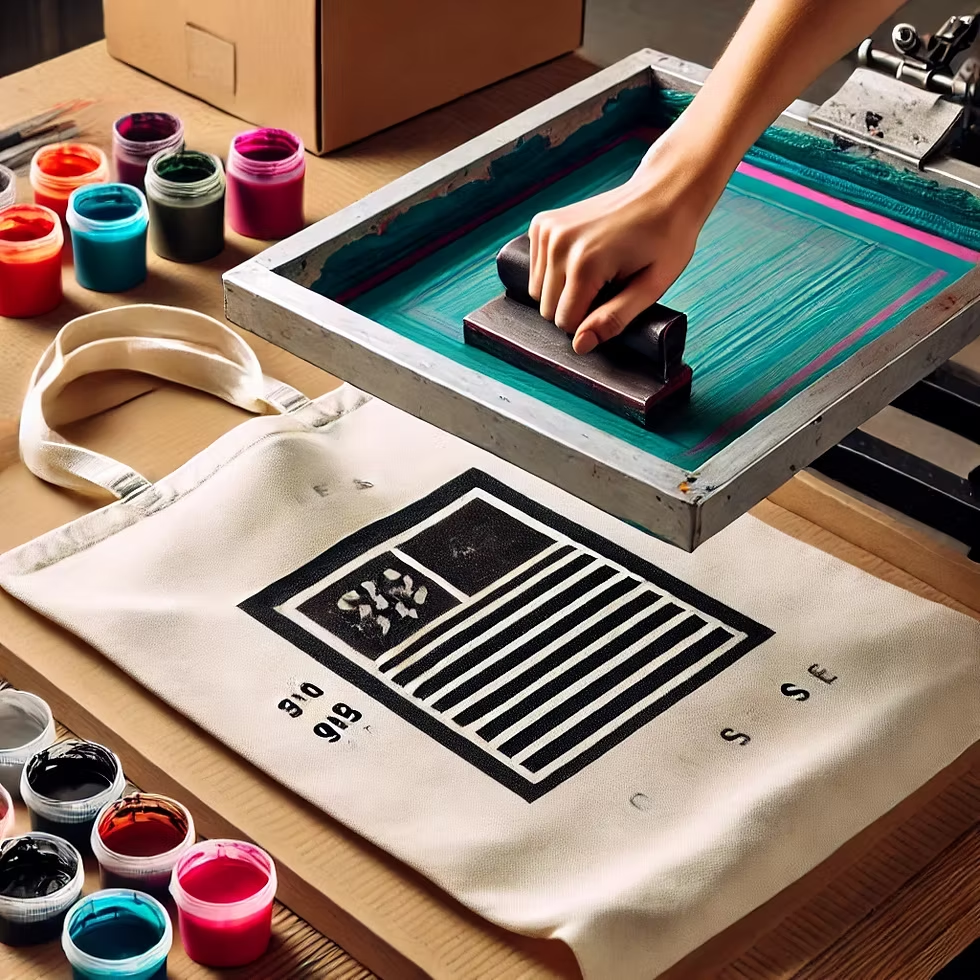
Inkjet is best for DIY
I once helped a friend print wedding favors. We used inkjet and heat transfer paper. The prints looked good but faded after a few washes. It’s good for events, not resale.
Pros and Cons of Inkjet Canvas Printing
| Pros | Cons |
|---|---|
| Low cost | Less durable |
| Easy to use | Not suitable for commercial use |
| Fast setup | Requires special transfer paper |
Great for DIY, but not ideal for mass production or branding.
Conclusion
Canvas bag printing requires the right method to match your design, quality needs, and budget. From DTF to sublimation, each process has its place. DTF offers color accuracy and flexibility. HTV is ideal for small batches. Sublimation is excellent—if the fabric has the right coating. Screen printing is still the king for bulk orders, especially when durability and consistent color are a must. The choice of resolution and file format also matters. A sharp, high-resolution design is just as important as the printing method. Printing on canvas isn’t one-size-fits-all. Knowing the material and your order needs leads to better outcomes and fewer headaches.
At JiaRong Packing, we specialize in wholesale, customizable canvas bags that meet high standards for quality and style. As a factory located in Wenzhou, China, we’ve introduced over 43 non-woven bag machines, 100 sewing machines, and advanced high-speed color printing and laminating systems. Our workshop spans over 16,000 square meters with a daily production capacity that is rapidly expanding toward 5 million bags per day.
Our advantage in canvas bag printing lies in:
✅ Full Control Over Production
We handle every step in-house—from fabric cutting to printing to stitching—ensuring consistent quality and fast lead times.
✅ High-Resolution Printing
With 7 high-speed color printers and a team experienced in handling DTF, screen printing, and sublimation, we meet your exact artwork requirements.
✅ B2B Customization Expertise
We work only with wholesale buyers and understand the needs of supermarkets, gift suppliers, distributors, and corporate clients. Your logo, your color, your size—no compromises.
✅ Certified and Trusted
Our factory is ISO9001 and ISO14001 certified. We’ve been honored with multiple awards including the Industrial Science and Technology Innovation Award.
| Feature | Advantage |
|---|---|
| Factory-direct pricing | Lower cost, higher margin |
| Full-color custom printing | Logos, slogans, campaigns |
| International logistics | Shipping support to USA, Europe, Asia |
| Strict QC procedures | Avoid misprints, delays, or damage |
If you're looking for a reliable canvas bag supplier that offers excellent print quality, diverse materials, and strong production capacity—we’d love to connect.
📧 Contact: Effie | ✉️ Email: [email protected]
🌍 Website: https://zjjrpackaging.com/
Let’s build better bags, better branding, and better business—together.
-
Explore this resource to understand DTF printing, its benefits, and how to achieve the best results on canvas bags. ↩
-
Learn about sublimation printing on canvas bags, including the necessary conditions for vibrant and lasting prints. ↩
-
Discover the significance of vector-based formats in achieving high-quality prints on canvas, ensuring sharp and clear designs. ↩
